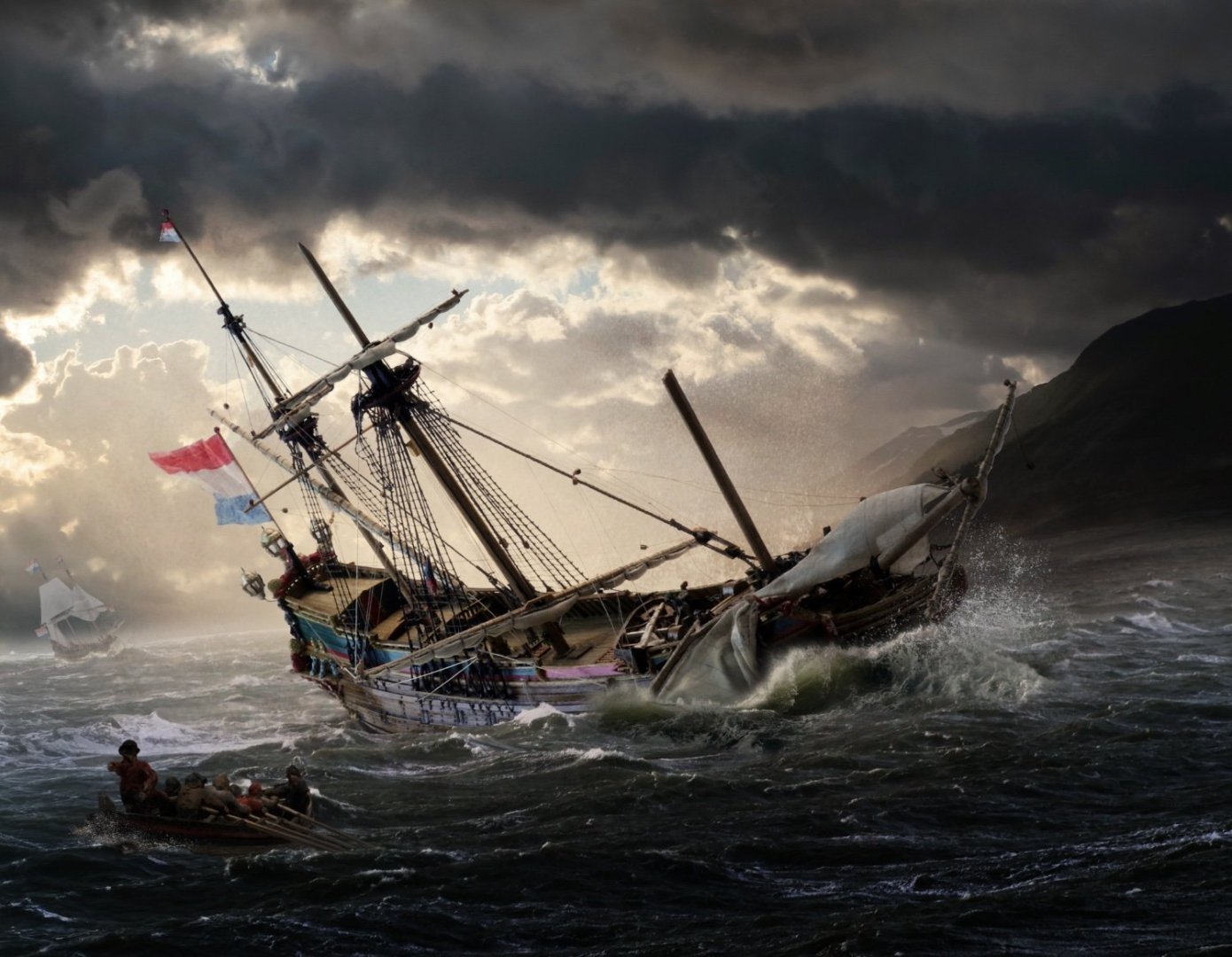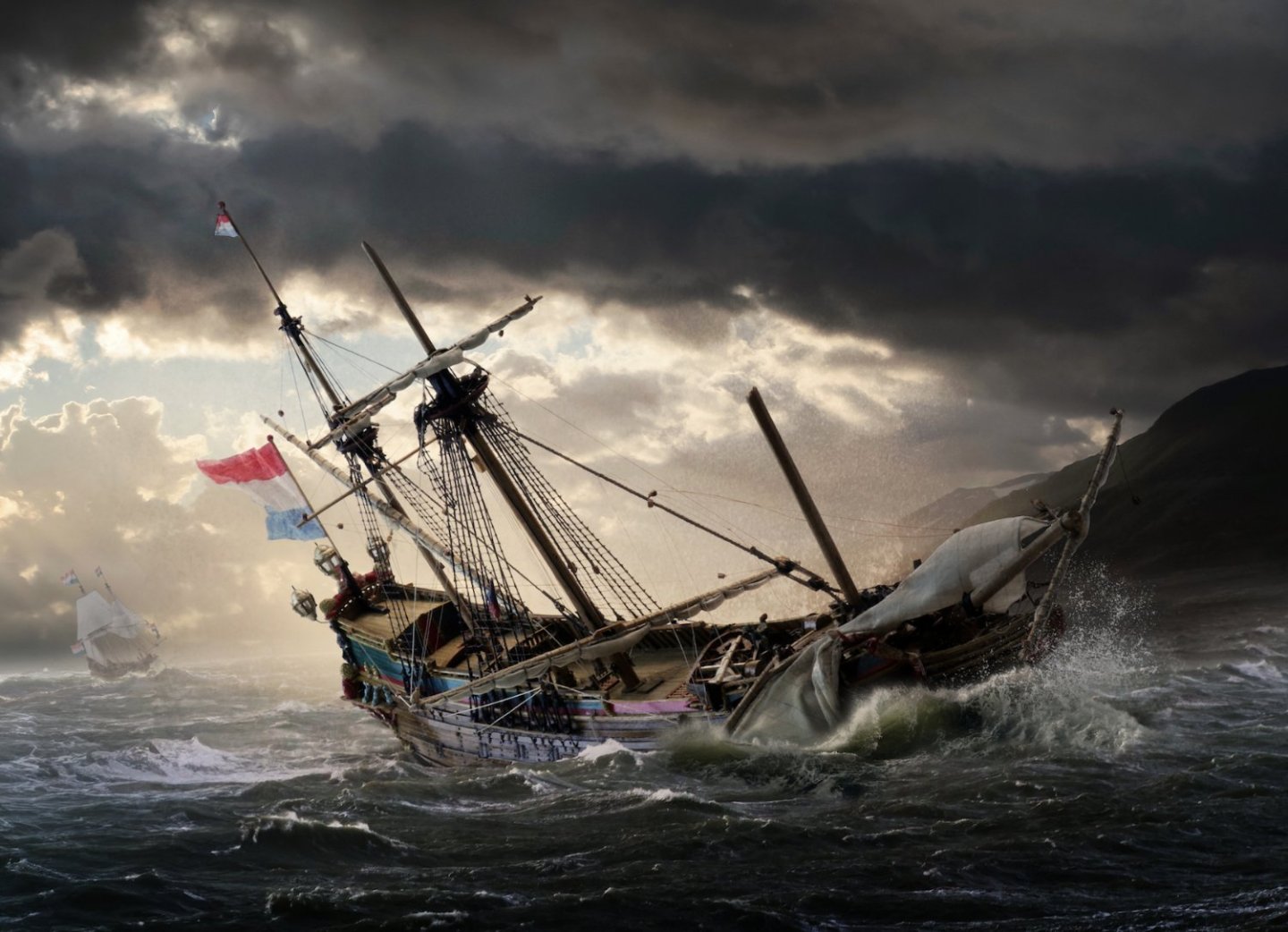-
Posts
689 -
Joined
-
Last visited
Content Type
Profiles
Forums
Gallery
Events
Everything posted by Ab Hoving
-
I remember now I had this problem too. But if you want to show the hood in the backwards position, you don't see the mess right under it. I must have repressed this, because I never saw the mistake again. I always looked at the model with satisfaction, even though much of the paint has been eaten by now. Perhaps I have to do it again, but there are so many other things I like and so little time... Pity to leave a good model unfinished.
-
This was the first Halinski kit I ever made, years ago. I was deeply impressed by the detailing and the way everything fitted together like a glove. Especially the outer skin, covering the cockpit made me aware that every mistake made on the inside had disastrous results for the outside. I learned sanding a model here. (I never use laser cut frames) Many, many Halinski models followed. By now the model is still on the shelf, but it has been heavily attacked by paper fishes, which seem to especially like the printing ink. And though much of the color has faded nowadays I still cannot get myself so far as to throw the model into the dustbin. It was a wonderful experience building a top-kit like this one and I am looking forward for your report.
-
Hello GrandpaPhil, Nice to see that you take the challenge of the cat. And even with corrugated board. I did not know it was possible. I always held that material for inferior, but one can obviously be wrong. One piece of advise: Use more frames in the midship part. In the course of building you will often hold the model in one hand or between your knees (I do that a lot), adding or adjusting things. The chances that you will press too hard and squeeze the model are high. Good luck with this project, I will follow with interest (I never built with corrugated board). Ab
-
Well, in that case: (here come the commercials) wait for my new book, containing several tutorials for scratch build paper models, like for instance this one: smalschip.mp4 Prepared frames and hull sheathing, rigging details, etc. A perfect model to enter the field of freedom! :-)) Soon to be on the market. Ab
-

Ship in trouble by Ab Hoving - FINISHED
Ab Hoving replied to Ab Hoving's topic in - Build logs for subjects built 1501 - 1750
Yes GrandpaPhil, the models in the Merchant book are made by Herbert Tomesen (Artitec). He uses cast resin as a base for his models . As far as I know he first makes a solid wooden plug, of which he makes molds which he details with polystyrene. Thus he can cast several copies from one design for his scenery modeling work like https://artitec.nl/v-o-c/ . The models in my next book 'Dutch 17th Century Shipmodels in Paper' are all in paper. -

Ship in trouble by Ab Hoving - FINISHED
Ab Hoving replied to Ab Hoving's topic in - Build logs for subjects built 1501 - 1750
Just send me a PM Marc and which picture you like. What I want you to know is that the models in the Merchant book are made by Herbert Tomesen van Artitec and executed in plastic. No problem, I'm sure Emiel has high-res copies of the plates. Ab -

Ship in trouble by Ab Hoving - FINISHED
Ab Hoving replied to Ab Hoving's topic in - Build logs for subjects built 1501 - 1750
Thanks @hollowneck and @Ondras71, Oh, Ondras, if you want a higher resolution, just call. Ab -

Ship in trouble by Ab Hoving - FINISHED
Ab Hoving replied to Ab Hoving's topic in - Build logs for subjects built 1501 - 1750
-

Ship in trouble by Ab Hoving - FINISHED
Ab Hoving replied to Ab Hoving's topic in - Build logs for subjects built 1501 - 1750
Thanks @flying_dutchman2 and @Baker. My son just sent his photographic interpretation of my pinas-wreck: Hope you like it as much as I do... -

Ship in trouble by Ab Hoving - FINISHED
Ab Hoving replied to Ab Hoving's topic in - Build logs for subjects built 1501 - 1750
Thanks for the comments folks! @GrandpaPhil and @mtaylor: Thank you for your kind concern. I am happy to be modeling still, though not at half the speed I was used to. Hard to unlearn.... @druxey: I must admit it did hurt to ruin a reasonable ship model, but I really wanted to see if it worked. We will see the proof of the pudding once Emiel is finished Photoshopping. @hollowneck: I know how it feels Ron, and looking at your Grecian I am glad you kept it in one piece. Beautiful! @bdgiantman2: Pity. I would have liked seeing others doing this doubtful work. -
While staying in hospital early this year as a result of open heart surgery and therefore confronted with the finitude of life, I got the idea to picture a ship that was apparently also at the end of its existence. Some weeks earlier I had started another pinas and I used the unfinished hull for just that purpose. But the only thing I could do was to give it a broken rig. It became soon clear to me that if you really want to build a broken hull, you will not get away with the same building technique used for healthy ships. You will have to take into account the wreckage right from the start. So in future, if time is given me, I might work out a wrecked ship with planks missing, showing frame parts and partly broken decks. This is not a completely new challenge for me, as I have always built my wooden models just like they were built in real life, but as we all know: paper is different. In the mean time you might like the result of this first effort, of which we soon will present a Photoshop composition, showing the ship in its natural and fitting surrounding. Also an impression of my latest 'smalschip', sort of a preview for my soon to come new book: smalschip.mp4 Happy New Year, Ab
-
Hello Petr, Good to hear that you still are working on the model, even if you are busy with more serious things like building a house for your son. Sorry to hear about your problems with the planking. But it is better to adjust small mistakes in an early stage than later, because mistakes tend to grow while building. About the gun ports: if you look at the building sequence in https://Witsenscheepsbouw.nl ( stage 12) you will see that the sides consist of the actual frames (or filling chocks where necessary) and that the upper and lower sills are added between them. Witsen gives no indication about the attitude of the sills. Blom chose for a tilting sill and I can agree with him, but apart from his reasoning there is no proof for it. So you can decide for yourself. The planking of the ship forms the outer frame of the gunport, about an inch from the actual aperture. About your problem with the carvings at the doors of the forecastle: I warned you before that there are two versions of the drawings. One drawn by myself and one by the late Cor Emke, who reworked them with Autocad. This program however changed the lines of the hull and I advised you not to mix the two up. Anyway, you are right, there is no side view of the carvings. So you can make them however you like them. You can even let them out. They are not part of a shipbuilding rule, they are only decorations. Good luck with your build. The shape of your hull looks great. Ab
-
Hello Mike, Thank you for your interest. The best way is probably to wait until the book is out. We produced it after SeaWatchBooks asked for it, but so far I have not been abled to get in touch with Mike Ellison after earlier this year only briefly. I did most of the writing when I was recovering after the surgery, because building models was not a number one priority on my list during that period. By now Emiel is almost finished with the design and 'painting' new plates. So far it is not even in the state of printing. Hence the hush. 🙂 But I can assure you it is looking very good so far. Best, Ab
- 65 replies
-
- fish hooker
- fishing
-
(and 2 more)
Tagged with:
-
Ssssst! It's a secret. For the time being I am trying to reach Mike Ellison, but my mails all seem to end up in his spam box. Perhaps this is the way to reach him? Ab
- 65 replies
-
- fish hooker
- fishing
-
(and 2 more)
Tagged with:
-
Hello Meriadoc, How thoughtful of you! Thank you very much, most appreciated. New projects? As a matter of fact my son and I are just about to finish a new book: making ship models out of paper. So stay tuned. Best, Ab
- 65 replies
-
- fish hooker
- fishing
-
(and 2 more)
Tagged with:
-

Deadeyes for Dutch mid-17th Century Ships
Ab Hoving replied to rcweir's topic in Masting, rigging and sails
After about 1630 the deadeyes were round.
About us
Modelshipworld - Advancing Ship Modeling through Research
SSL Secured
Your security is important for us so this Website is SSL-Secured
NRG Mailing Address
Nautical Research Guild
237 South Lincoln Street
Westmont IL, 60559-1917
Model Ship World ® and the MSW logo are Registered Trademarks, and belong to the Nautical Research Guild (United States Patent and Trademark Office: No. 6,929,264 & No. 6,929,274, registered Dec. 20, 2022)
Helpful Links
About the NRG
If you enjoy building ship models that are historically accurate as well as beautiful, then The Nautical Research Guild (NRG) is just right for you.
The Guild is a non-profit educational organization whose mission is to “Advance Ship Modeling Through Research”. We provide support to our members in their efforts to raise the quality of their model ships.
The Nautical Research Guild has published our world-renowned quarterly magazine, The Nautical Research Journal, since 1955. The pages of the Journal are full of articles by accomplished ship modelers who show you how they create those exquisite details on their models, and by maritime historians who show you the correct details to build. The Journal is available in both print and digital editions. Go to the NRG web site (www.thenrg.org) to download a complimentary digital copy of the Journal. The NRG also publishes plan sets, books and compilations of back issues of the Journal and the former Ships in Scale and Model Ship Builder magazines.






